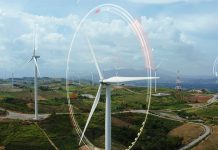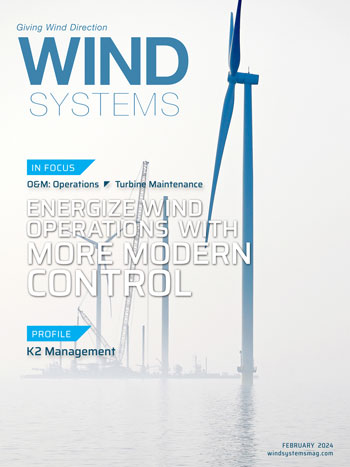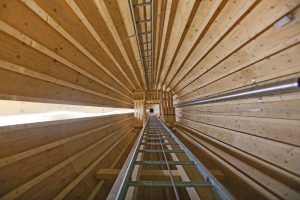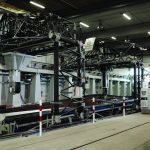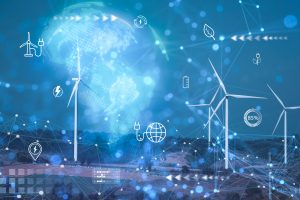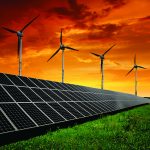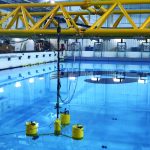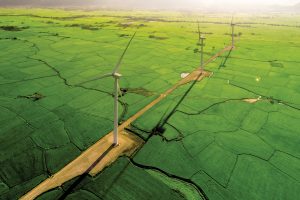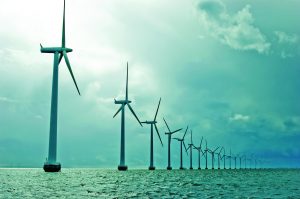Off the coasts of Belgium, Denmark, Germany, and the Netherlands dozens of wind farms whir away, helping Europe switch to renewable energy from fossil fuels.
Some of those wind farms are also helping Europe do something few people might imagine: grow seafood. The activity represents a promising new approach to tapping natural resources.
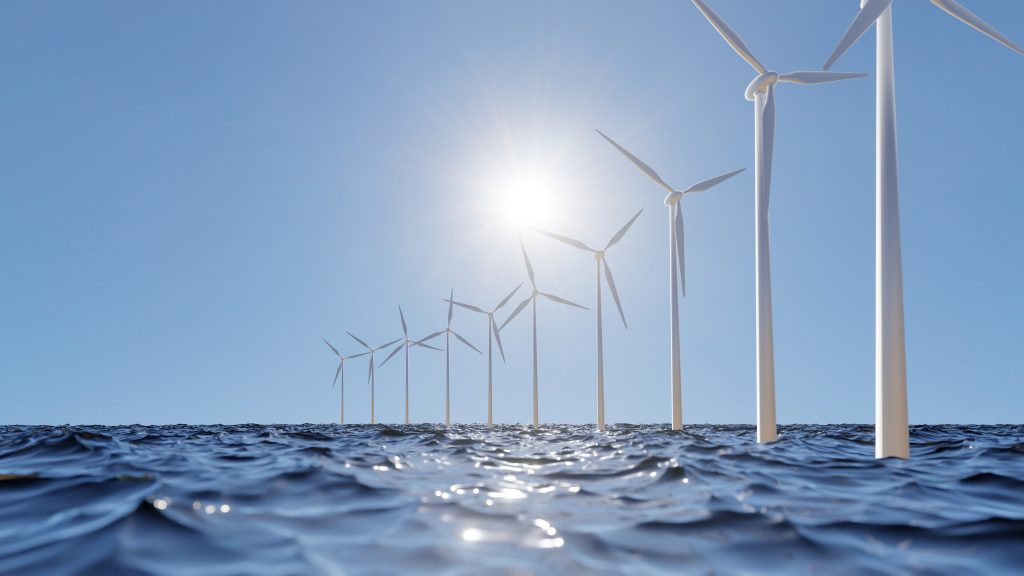
Business as Unusual
Called “multi-use,” it involves the sharing of offshore space and is a big departure from the usual idea of exclusive operating rights.
“Traditionally, most things are done separately,” said Alex Ziemba, a researcher at Deltares, a Dutch institute specialized in water and subsurface. “If you want a wind farm, you put it over there. If people want to go fishing, they go over there. You chop everything up into a nice marine spatial plan, and everyone has their own little areas.”
Ziemba co-led a research project that received EU funding to challenge such thinking by exploring the prospects for sharing offshore sites — a step that will help pave the way for legal questions about co-ownership to be tackled and for possible new jobs to be created.
“The key spot for an offshore wind farm — with optimal wind conditions and siting — might also overlap with a great spot for aquaculture,” he said. “If they’re not combined, only one can use this optimal piece of sea.”
Called UNITED, the project wrapped up on December 31, 2023, after four years. It grew mussels, oysters, and seaweed among the turbines of three wind farms.
Make Way
While oceans and seas cover 70 percent of the Earth, the room for commercial development in them is far from unlimited. This is especially so in Europe, the second-smallest continent in the world after Australia.
“Space is becoming an increasing problem,” said Dr. Øivind Bergh, a senior scientist at the Institute of Marine Research in Norway. “If you look at a map of Europe and the marine areas for the different countries, quite a lot of countries have very limited space.”
Aside from generating wind energy, countries and businesses have plenty of reasons to look offshore for other economic opportunities. Deploying floating farms for livestock and crops as well as growing seafood are further examples. When practicalities like easy access from a port are taken into account, the prime offshore locations for different industries can often overlap, according to Ziemba.
The UNITED researchers grew the seafood on nets suspended from lines, which were strung out several meters below the water surface to shield them from powerful waves. The foods grown included blue mussels and various types of seaweed, sometimes in combination with the restoration of oyster beds.
Good Growth
While no direct connection existed between the aquaculture systems and the surrounding wind turbines, the coexistence represented a valuable sharing of premium economic space.
At the Dutch test site 12 kilometers from the coast, the nets were home to seaweed. The Belgian site hosted flat oysters as well as seaweed. And the German lines were used to cultivate blue mussels and seaweed.
Young mussels, oysters, and seaweed plants were added to the nets just before they were deployed. The seafood and nets were then monitored via cameras, sensors, and occasional boat trips.
Mussels and oysters can take about two years to reach market size, while seaweed can be harvested more frequently. The resulting yields were comparable to those in calmer nearshore waters and away from other infrastructure, according to Ziemba.
UNITED also collected data on growth rates. That should allow the researchers to model the potential growth rates of larger-scale mussel, oyster, and seaweed aquaculture in future wind farms.
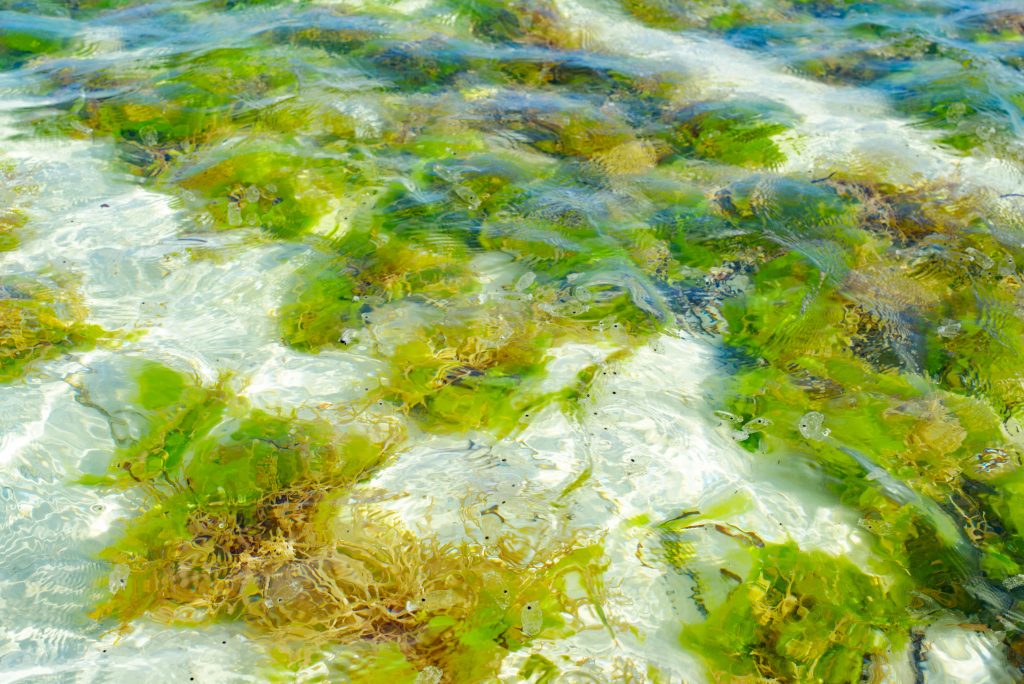
Market Openings
Bergh at the Bergen-based Institute of Marine Research is the scientific head of another EU-funded research project identifying opportunities in the field.
Whereas UNITED mainly involved demonstrating whether combining wind farms and aquaculture was workable, Bergh’s project is more focused on the actual seafood products. Named OLAMUR, it is installing mussel and seaweed aquaculture systems among wind turbines in the Danish part of the Baltic Sea and the German zone of the North Sea. The initiative began in January 2023 and is due to run until the end of 2026.
One demonstration site is in the Danish part of the Kriegers Flak wind farm in the Baltic Sea. This is one of the largest offshore wind sites in Europe.
OLAMUR builds on the work of earlier, smaller projects that focused on the engineering challenges of placing aquaculture systems in wind farms.
The team will study the growth rates and yields of mussels and seaweed as well as their quality. This will involve assessing their nutrient profiles and checking for harmful contaminants to ensure marketability.
Beyond Sushi
The market for seaweed is growing as it finds a role in everything from foods and feed to packaging and medicine. For example, large-scale seaweed farming could help clean up Europe’s seawater.
In the Baltic and North seas, dead zones have formed as a result of contamination caused by the run-off of nitrates and phosphorus from agriculture. Seaweed feeds on these inorganic nutrients, removing them from the water. “Those excess nutrients can be transformed from a problem to a resource if you cultivate seaweed,” Bergh said.
With the EU committed to protecting at least 30 percent of its seas by 2030, seaweed can play an even bigger role by reducing agricultural pollution in such places as the Baltic. Any industry can be hesitant about the idea of introducing new activities into ongoing operations and associated risks can never be eliminated altogether, according to Ziemba.
He said that, because wind-energy companies currently don’t usually share space, they worry about other infrastructure in the area damaging their turbines and, by extension, disrupting electricity generation.
In the event of a storm, for example, a buoy or longline might break free from its anchor and damage a turbine or cause it to stop operating during a recovery operation.
“They need their turbines to operate as often as possible and for nothing to be damaged,” Ziemba said. “But there are clear benefits to combining activities, and some operators are excited about the prospect of doing so.”
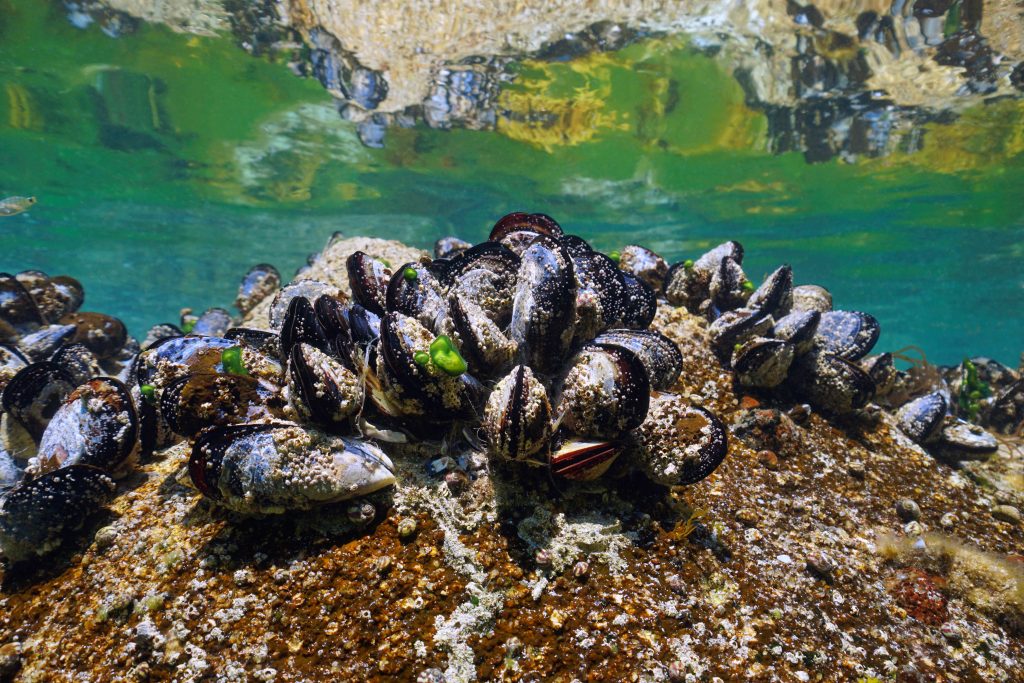
Bottom-line Benefits
A multi-use approach could be a win-win one for all concerned, according to Bergh.
With optimal offshore space becoming tight, domestic permitting procedures often being slow and the EU seeking to ramp up renewables production, developers of a planned wind farm that includes a co-use component could find it easier to get a license.
Beyond that, some clear-cut operational benefits are possible. For example, wind farms and aquaculture producers could cut costs by sharing boats as well as sensors used on vessels, buoys, and turbines to monitor setups.
Ultimately, profitability will determine whether multi-use offshore locations emerge on more than an experimental basis. The UNITED team is already pursuing a follow-up project in Belgium, Denmark, Germany, and the Netherlands to explore whether aquaculture on wind farms is commercially viable.
“People have to be able to make money from doing it for it to be a business,” Ziemba said. “Otherwise this won’t take off on its own.”


















